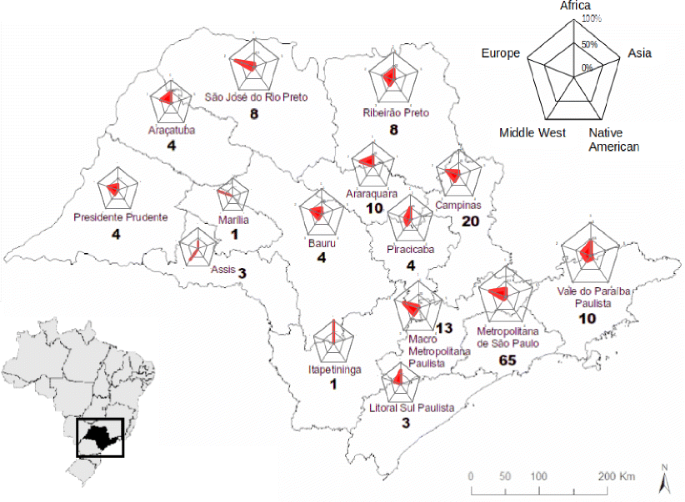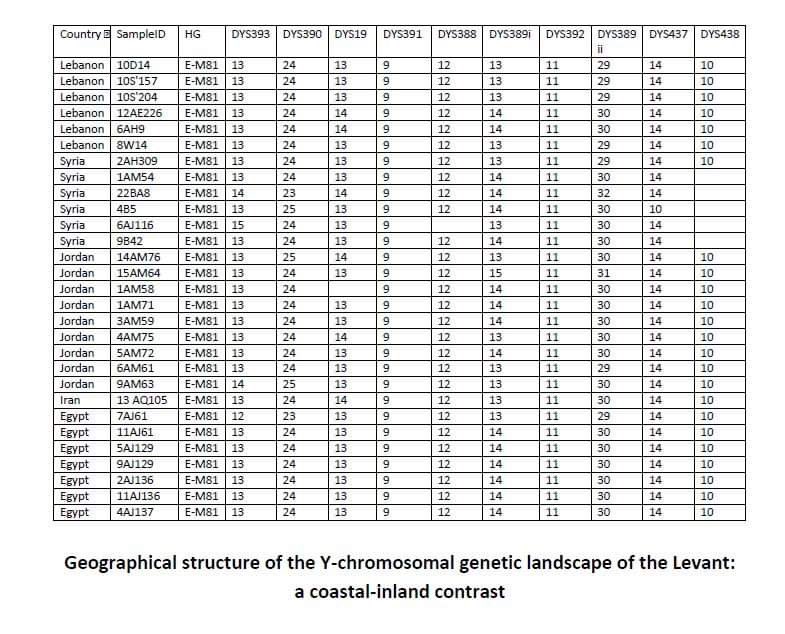kingjohn
Regular Member
- Messages
- 2,217
- Reaction score
- 1,178
- Points
- 113
another guanche ancient
that someone uploaded GUN012
from tenerife dated to 621 ± 39
https://www.yfull.com/tree/E-FT76699*/
source:
https://www.sciencedirect.com/science/article/pii/S0960982217312575
that someone uploaded GUN012
from tenerife dated to 621 ± 39
https://www.yfull.com/tree/E-FT76699*/
source:
https://www.sciencedirect.com/science/article/pii/S0960982217312575












